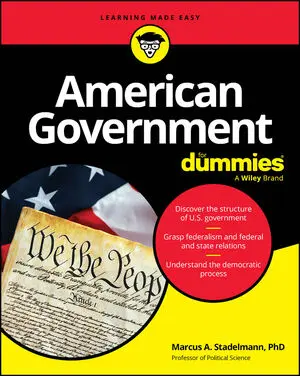Central banks create money either by printing it or by buying bonds in the treasury market. When central banks buy bonds, they usually buy their own country’s treasury bonds, and their purchases are made from banks that own bonds. The money from the central banks goes to the bank vaults, and becomes loan-making capital.
When the Fed wants to increase the money supply in the U.S., it buys bonds from banks in the open market and uses a pretty simple formula to calculate how much money it actually is creating.
Instead of using gold as the basis for the monetary system, as was the custom until 1971, the Fed requires its member banks to keep certain specific amounts of money on reserve as a means of keeping a lid on the uncontrolled expansion of fiat money — in other words, to keep the money supply from exploding. These reserve requirements are the major safeguard of the system.
When the economy slows down, the Fed attempts to jump-start it by lowering interest rates. The Fed lowers interest rates by injecting money into the system. The monetary injection is sort of like a flu shot for an ailing economy. But instead of a vaccine, the Fed injects money into the system by buying bonds from the banks.
To keep the system from becoming inflationary, the Fed keeps a lid on how much banks can actually lend by using a bank reserve management system. The reserve management system, to be sure, is not an exact science, but over the long haul, it tends to work as long as the public buys the validity of the system, which in the United States, it does.
Here's how the reserve requirements work:
If the current formula calls for a 10 percent reserve ratio, it means that for every dollar that a bank keeps in reserve, it can lend ten dollars to its clients.
At the same time, if the Fed buys $500 million in bonds in the open market, it creates $5 billion in new money that makes its way to the public via bank loans.
The reverse, or opposite, is true when the Fed wants to tighten credit and slow down the economy. It sells bonds to banks, thus draining money from the system, again based on the reserve formula.






